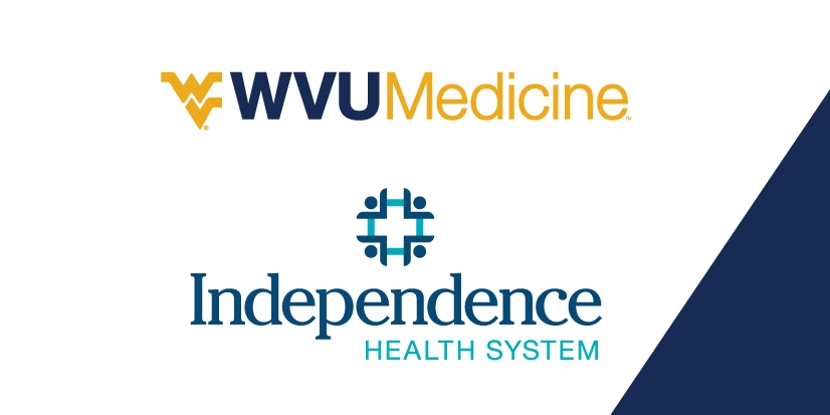Signs You Might Have Gallbladder Problems and When to Consider Surgery
- Category: Blog, Gastroenterology
- Posted On:
- Written By: Andrew Szabo, DO

When it comes to digestive health, the gallbladder is not an organ we even think about until something goes wrong. You may have heard of someone having their gallbladder removed, but you might be surprised at just how common the procedure is. We’re going to break down what the gallbladder does, what happens when it malfunctions, and how advancements in surgical technology, including robotics, are making recovery faster and less invasive than ever before.
What Is the Gallbladder and What Does It Do?
The gallbladder is a small organ located just under your liver. Its main job is to deliver bile into your digestive tract to help digest foods. Bile plays a critical role in breaking down fatty and greasy foods, which often makes up a large part of the typical American diet. When the gallbladder is working properly, you’d never even know it’s there. But when something goes wrong, it can cause uncomfortable symptoms.
Signs Something’s Not Right
Gallbladder issues often have common symptoms that can be misdiagnosed. The most common symptom of gallbladder trouble is pain after eating. The pain occurs usually in the upper right part of your abdomen, just below the ribs. Many people mistake it for rib or even back pain, but it could actually be your gallbladder.
Other common, catch-all symptoms include:
- Excessive gas
- Bloating
- Nausea
- A feeling of fullness
- Acid reflux (GERD)
In fact, gallbladder issues are often misdiagnosed as simple reflux or indigestion. This is especially the case since over-the-counter antacids or reflux medications are so widely used. If those treatments aren’t helping, the gallbladder may actually be the underlying cause for some of those digestive symptoms.
The Two Main Gallbladder Problems
Gallbladder problems typically fall into two main categories:
- Gallstones: These are solid deposits that form in the gallbladder and can block the flow of bile. This is the more common issue that people get and often results in a trip to the emergency department or having emergency surgery.
- Dysfunction: Sometimes the gallbladder just stops working the way it should. It’s ability to squeeze can be compromised over time, and it’s either squeezing too much or too little when releasing bile. Both extremes can lead to symptoms and require surgical intervention.
The Role of Surgery & How It’s Changed
Once gallbladder disease is diagnosed and surgery is recommended, modern technology steps in. Traditionally, surgery involved a big incision basically from the sternum over to the side of the ribs. Today, large incisions and long hospital stays are in the past.
Laparoscopic surgery, which became widespread in the late 1980s, was the first major breakthrough. It uses smaller incisions and long skinny instruments to go inside the abdomen and perform the surgery, making recovery easier and less painful than traditional open surgery.
Even more advanced techniques like robotic-assisted surgery may also be used in this scenario. This approach uses the same small incisions, but the instruments are controlled by a robotic device or tool that gives the surgeon more precision and dexterity. The instruments actually have their own wrists, so you get the function of the old-fashioned surgery like your hands are in there, but with the benefit of the small instruments inside. In some cases, special dye can even light up your gallbladder anatomy on a screen (similar to a video game), making it safer and more accurate.
What Is Recovery Like?
Two of the most common questions patients ask are: How the surgery is going to affect them afterwards and what the recovery time will be like. While robotic and laparoscopic procedures are labeled “minimally invasive,” it’s important to remember that they’re still real surgeries with real recovery time. There may be less pain than with traditional surgery, but that doesn’t mean no pain. The instruments still pass through muscle, and the body needs time to heal.
Most people can return to work and normal activities within one to two weeks, but lifting restrictions are key. Overdoing it too soon could lead to a hernia — and another surgery.
The good news? Most people return to their regular diet and lifestyle with no major restrictions within two weeks. Many patients find that their persistent digestive issues (previously blamed on reflux or bloating) improve dramatically once the gallbladder is removed.
When to Talk to Your Doctor
If you’re experiencing pain after eating, unexplained nausea, reflux that won’t respond to medication, or persistent bloating, it might be time to ask your physician about the possibility of gallbladder disease. A proper diagnosis is the essential first step. If surgery is needed, rest assured that modern medicine has made the process safer, smoother, and faster than ever.

Dr. Andrew Szabo is a General Surgeon in the Butler and Clarion Areas. This blog is based off of an interview he did with KDKA Radio in July 2025. Listen to the interview here.



